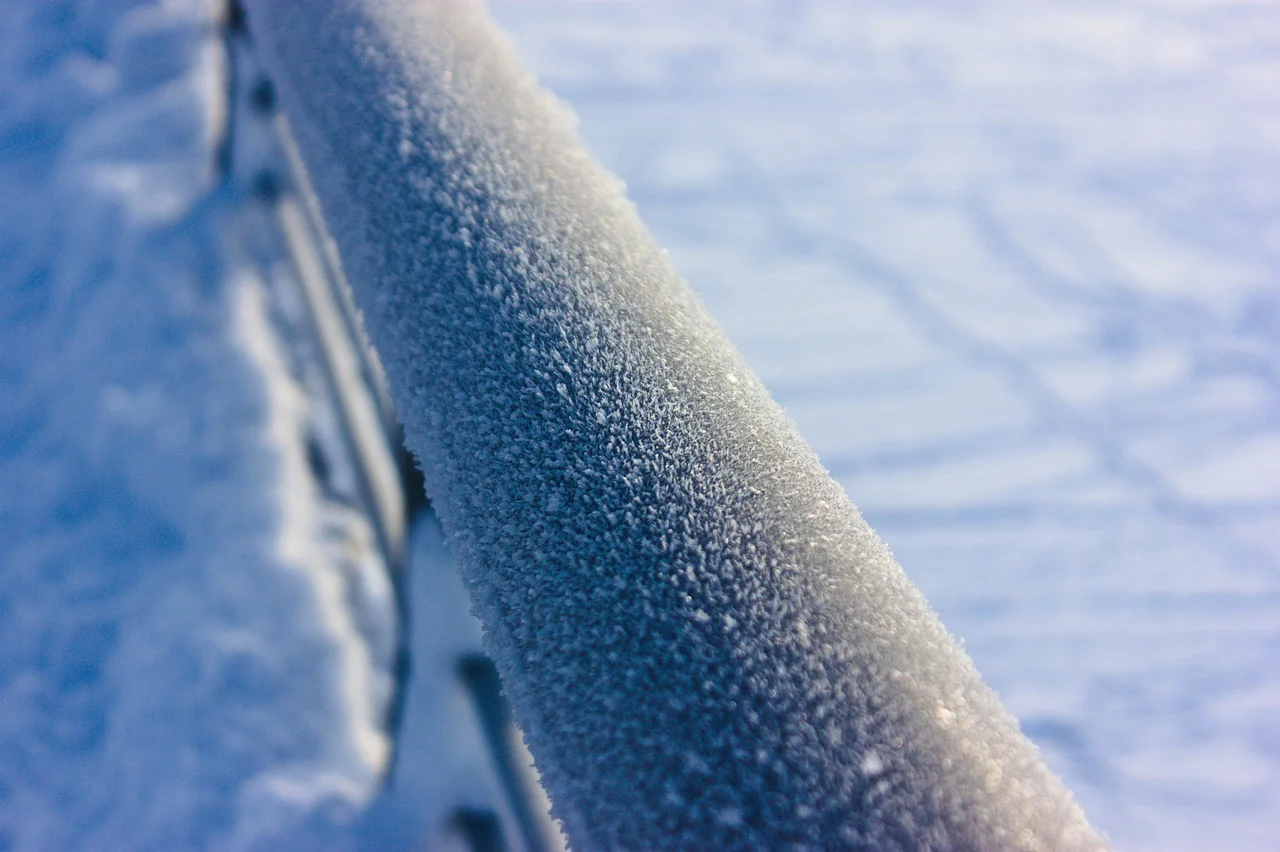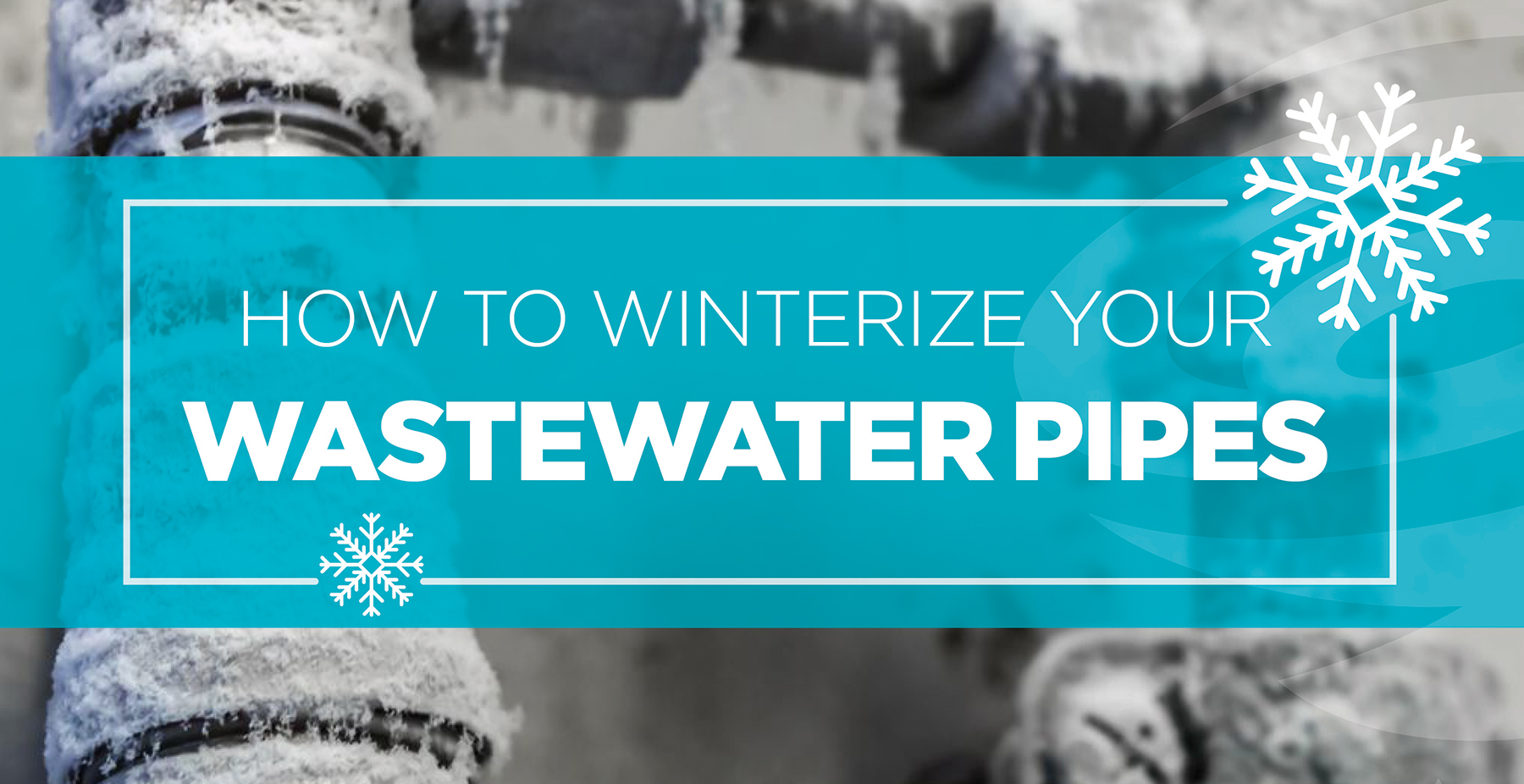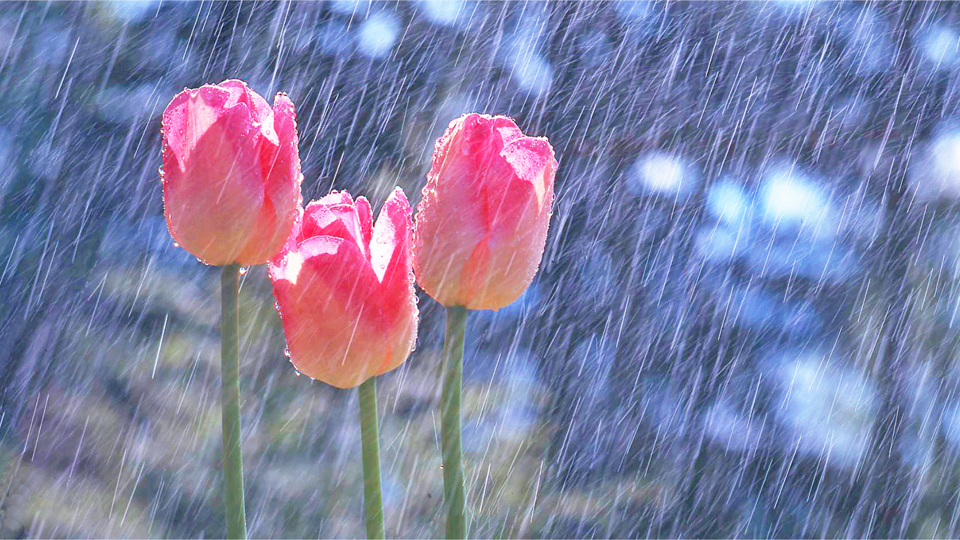Now that Fall is upon us and there’s that nip in the air – well, at least for most of the country – it’s time to think about winter. The elements can be unforgiving to your home or business but none more so than the harsh frigid temperatures of winter, which is why it’s important to make sure your wastewater lines can handle whatever Mother Nature throws at them this season.
Sure, frozen pipes are caused when the temperature drops below 32 degrees for a stretch, but there’s usually another reason – most commonly that’s poor insulation. Drain pipes are typically insulated for protection, but often they’re either poorly insulated or contain no insulation at all.
Winterization is the best way to combat freezing temperatures and the excessive moisture that winter brings, helping prevent your drain and sewer pipes from potentially serious damage, including cracked pipes, corrosion and even burst pipes – all of which could cost you a fortune.
What Exactly Is Winterization?
It’s the process of removing all the water from your drain pipes, so that it doesn’t expand in freezing temperatures, which can cause your pipes to burst – and other significant damage.
 It’s no secret that when water freezes, it expands. Wastewater that sits in your drain lines is no different, so it’s important to prepare your pipes. Winterization is the process of removing all the water from the pipes, so that it can’t expand and cause damage during the coldest months of the year. You might be wondering why there’s water in your wastewater pipes. Well, there shouldn’t be! Everything should be flowing right through on its way to the final destination but if you’re dealing with significant buildup or a clog in your line, that can cause water to back up. At that point, it’s just sitting in your line – with no plans of going anywhere. More on that later.
It’s no secret that when water freezes, it expands. Wastewater that sits in your drain lines is no different, so it’s important to prepare your pipes. Winterization is the process of removing all the water from the pipes, so that it can’t expand and cause damage during the coldest months of the year. You might be wondering why there’s water in your wastewater pipes. Well, there shouldn’t be! Everything should be flowing right through on its way to the final destination but if you’re dealing with significant buildup or a clog in your line, that can cause water to back up. At that point, it’s just sitting in your line – with no plans of going anywhere. More on that later.
How Can I Winterize And Prepare My Wastewater Pipes?
There are several ways to prepare, like checking for dripping faucets and exposed outdoor pipes, as well as getting a video sewer inspection to determine if there’s a clog in your line.
Now that you understand winterization and the benefits of preparing for cold weather, how can you ensure your wastewater lines are always flowing during the winter months? Here’s a few of the ways you can be certain that your drain pipes don’t succumb to the cold weather of winter.
- Make sure no outdoor pipes are exposed to the freezing temperatures and elements.
- Double check that your toilet isn’t running and your faucet isn’t dripping into the drain.
- Determine if your water softener or water treatment system isn’t running properly.
- Check rain gutters for clogs – and make sure they don’t drain into sewer piping.
- Monitor rooms without heat, like the basement and attic, and add heat if necessary.
- Make sure there’s no blocked or clogged drains that could be holding standing water.
That last one is the most important step when it comes to winterization. Like most drain and sewer issues, being proactive can eliminate most problems and a video sewer inspection will help determine if there’s any sort of buildup or significant clog in your line, which will trap wastewater in its path and eventually freeze. Just like your body needs regular checkups with your doctor, your drainage lines need annual cleanings and inspections to avoid a bigger mess later. While a professional is on-site, checking the depth of the drain pipe line and the condition of the sewer lines is also beneficial, to ensure it’s not going to fall victim to the elements.
Are your drain lines ready for winter, or are you unsure if a clog could be lurking in there? Don’t wait until the temperature drops any lower, get your pipes looked at with our video sewer inspection – and, if anything is hiding, we’ll be sure to get it all cleaned out with our Zoom Jetting service. Give us a call or schedule an appointment online at your nearest location today.





.0000000000000.png)
.0000000000000.png)